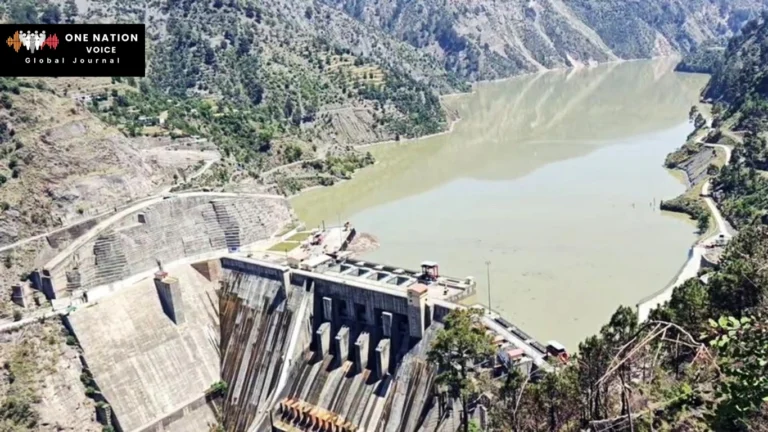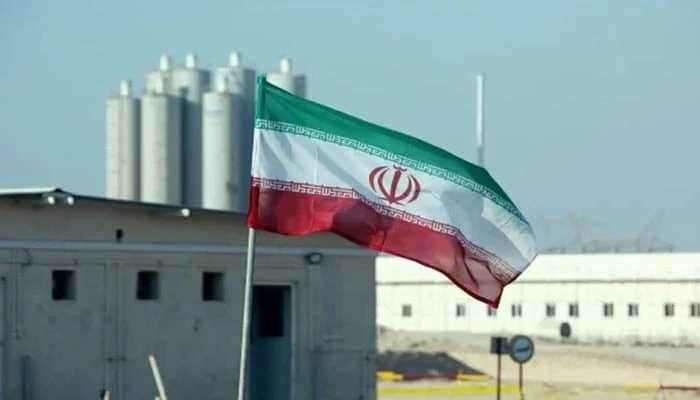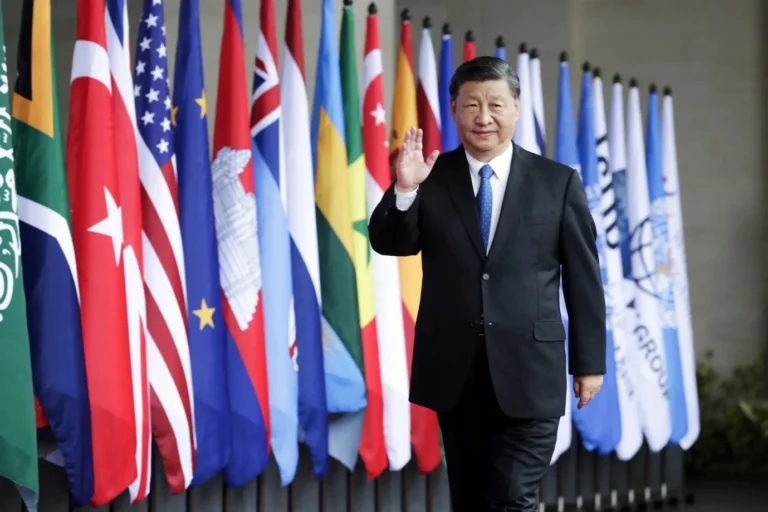Strategic Stability in South Asia Is a Dangerous Illusion

The attack on the Pahalgam, a town located in the disputed region of Jammu and Kashmir, is the latest addition to a long running and problematic conflict. This is primarily what the international policymakers have continued to misunderstand. The case is not just an isolated security mishap, rather it is signature that has pointed to a long-running political crisis concealed beneath the veil of strategic stability in South Asia. These incidents signify how the current situation of security along the nuclearized South Asian region is precarious whereby India was to impose its hegemony. Whereas Pakistan is not willing to take up unilateral moves and dictations of the former.
Despite the declared cease-fires, there has continued to be hostilities between the nations of India and Pakistan over the conflicted region of Kashmir since the partition of the British India in 1947. The reasons for conflicts are clashes of conflicting national records, questions of identification and sovereignty, and geography. Since after the Indian and Pakistani nuclear blasts in 1998, certain people have supposed that the region has acquired strategic deterrence. However, the deterrence has not enabled the creation of peace. The existence of nuclear weapons at the strategic deterrent level of escalation contributes to increasing more dangerous lower-level actions, such as airstrikes, incursion across borders, proxy insurgencies, and border wars. This conduct has led to the so-called stability-instability paradox as scholars call it.
The 2019 Pulwama-Balakot episode was when deterrence had shown its fragile side exceptionally. An alleged suicide bomber killed forty Indian paramilitary officers and India responded with airstrike across the Line of Control into Pakistani territory. Prior to the conflict that took place in 1971, such an invasion never took place. In retaliation, the Pakistani jets shot down an Indian airplane and captured the pilot who was repatriated.
Even though the problem was solved within a short period of time, it brought a harsh reminder of the fact that even nuclear-armed countries are vulnerable to human mistakes. The fact that there were no de-escalation mechanisms, third party mediation and confidence building measures created the biggest impression. Nuclear deterrence has been able to offer strategic restraint, but this is slowly compromised with tactical aggression.
Since the removal of Article 370 of the Indian constitution in August 2019, the security in the Kashmir under the Indian control has worsened. This one-sided move and the control under the federal government divided Kashmir state into two halves, thus weakening it. However, India said that it had brought major strength to the national unity and sovereignty.
Pakistan on the other hand, interpreted the ruling as a definite denial of political identity and legal rights. A mass crackdown really hurt the media, civil liberties and assembly; therefore, many individuals and political bigwigs were jailed, and communication was put on hold. These activities have served even more in isolating the Kashmiri people and create an atmosphere of fear, surveillance and oppression than what they have achieved in the direct restoration of so called normalcy or order. Such political vacuum insures a certain amount of violence. The use of armed conflict remains a viable option to the Kashmiri freedom fighter. In this way, it appears that violence is inevitable. Situation was even more execrated by the utilization of deadly power by Indians against demonstrators, the erosion of local democratic mechanisms, and the latter deployment of allegations of sedition against exercising dissension.
Pahalgam is to be expected of a policy that overlooks the fundamental social and political factors behind the destabilizing situation; it is not an isolated event. Such incidents take a very significant toll on the security of the region. In contrast to the more aggressive Indian policies, a surgical strike and even a conventional strike that is preemptive; Pakistan has remained faithful to a credible minimal deterrence position, with short-range tactical nuclear weapons. In reaction to Indian policy of normalization of surgical strikes, Pakistan had pronounced its stance of Quid Pro Qui Plus. The Quid Pro Qui Plus illustrates a tactical military position calculated to employ a proportional yet cumulative power to bar Indian aggression whilst at the same time gaining escalatory advantages. All these nuclear postures without crisis hotlines, back channel diplomacy or reliable third party mediators put the region at risk. Consequently, it increases the likelihood of an irresponsible false flag operation or misunderstanding.
Kashmir is now considered a small problem by big powers. Although the UN and other international human rights organizations reported about the violation of human rights in the Indian controlled Kashmir, however, most of the Western world has assumed a relatively non-interventionist stand. In the case of such nations, geopolitical and economic significance of India makes the management of such an awkward internal problem complicated. This strategy helps to reduce the huge loss of lives and a threat of instability in the region beyond South Asia due to prolonged conflicts The international community, which perceives the Kashmir issue to be a bilateral issue, gives regular approval to the government to utilize its powerful policies that involve curfews, arrests and communication blockades
The strategies of global companies are therefore forced to reconsider. Adhering to international law and exhibiting moral transparency will ensure generating positive results. In addition to just participation, to sustain peace, strong affiliations with civil society, encouragement of the independent media and greater government openness is necessary. The decision is not between political impartiality and partisanship, but between positive diplomatic action, and submissive acquiescence.
Any new initiative towards the creation and maintenance of peace in South Asia must be supported by an equitable political as well as strategic deterrence. The engagements between India and Pakistan must not regard the dialogue as a mere diplomatic exercise, rather as a dialogue on myriads of dimensions on Kashmir. Persistent issues have a direct connection with basic human rights, safety, and identity. To go beyond mere crisis management, India and Pakistan need to establish institutions that facilitate political involvement and facilitate cross border collaboration.
Pahalgam tragedy is not just another episode in Kashmir Conflict because under the skin of stability, there lie deep-rooted political scars unhealed and are the core of the lack of stability in the region. When such fundamentals are not mitigated, the problem may lead to the issue of nuclear war, and this would pose threats to the entire world.












